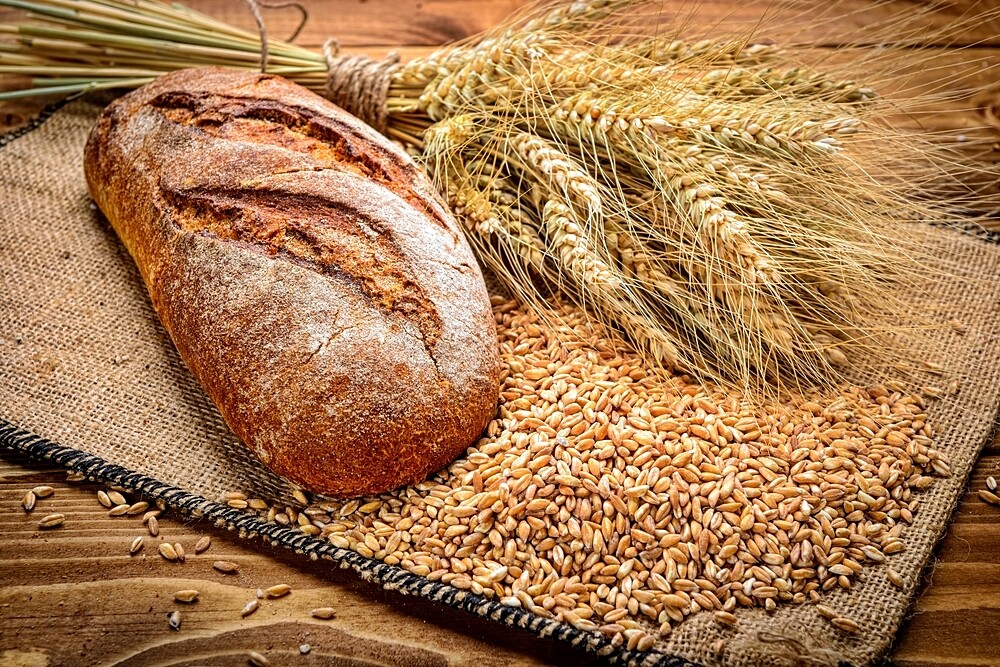Wheat allergy is manifested by various symptoms and occurs mainly in children. Here we explain the symptoms and what helps.
What is a wheat allergy?
In a wheat allergy, the immune system reacts excessively strongly to protein components in wheat. This is noticeable, for example, through irritation of the skin and respiratory tract after a meal, and digestive problems can also occur with a time delay. Children in particular are often affected by wheat allergy, but in many cases the allergy regresses by the time they enter school. In adults, an allergy to wheat often develops as part of a cross-allergy to pollen.
Wheat allergy or gluten intolerance?
A distinction must be made between wheat allergy and gluten intolerance (celiac disease). In the case of coeliac disease, the person affected not only suffers from a reaction to wheat, but to all types of grain containing gluten. These include wheat, barley, spelt and rye. Gluten in all forms should be avoided here.
Forms of wheat allergy
In fact, there are different forms of wheat allergy. Besides the “normal” allergy to wheat, the following types are also known:
- WDEIA (wheat-dependent, exercise-induced anaphylaxis): In this form of wheat allergy, the symptoms occur after the consumption of wheat in combination with a trigger – for example, through sport or heavy physical activity, alcohol or medication. This form of wheat allergy can trigger life-threatening symptoms!
- Baker’s asthma: Wheat allergy is widespread among bakers. Wheat flour, which is often used in bakeries, acts as an allergen when inhaled.
Whether a wheat allergy is present can be determined by the so-called prick test. In addition, a complaint diary should be kept for diagnosis by the doctor.
What are the symptoms of wheat allergy?
In case of an allergy to wheat, the following symptoms may occur:
- Swelling, itching or scratching of the mouth, throat and/or eyes
- Redness on the skin due to eczema up to hives
- Asthma up to respiratory distress
- Nausea, abdominal pain or cramps, vomiting, flatulence or diarrhoea
Treatment: What helps against wheat allergy?
With the help of a change in diet, wheat sensitivity no longer causes problems. Not only should foods containing wheat be avoided, but also those containing related grains (e.g. spelt, einkorn, twig) as a precaution. However, this is not always easy to implement – because wheat can also be found in some processed foods where one would not expect it. In this case it is only helpful to study the packaging of the food carefully.
By the way gluten-free foods are not necessarily wheat-free! This is because they may contain gluten-free wheat starch, to which wheat allergy sufferers also react.

